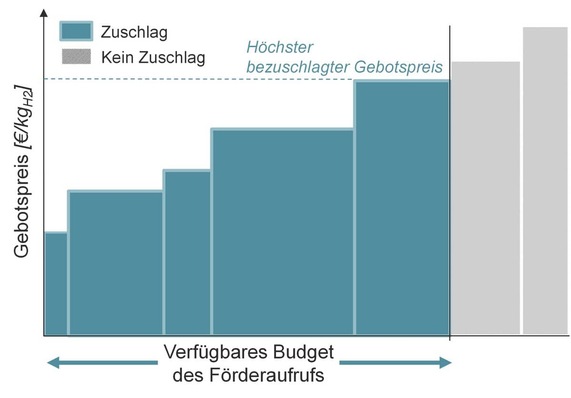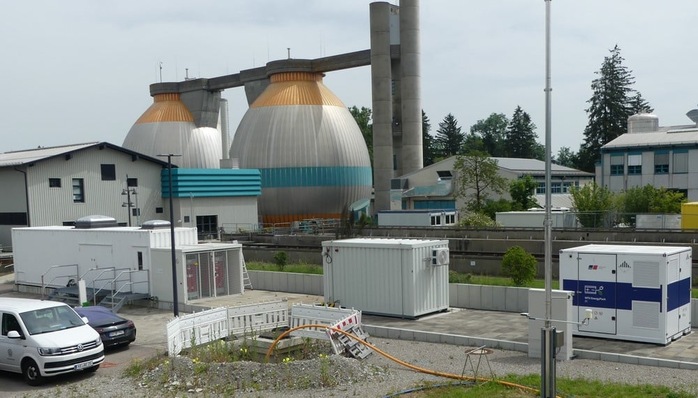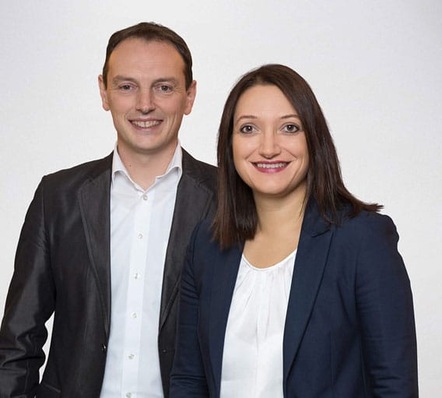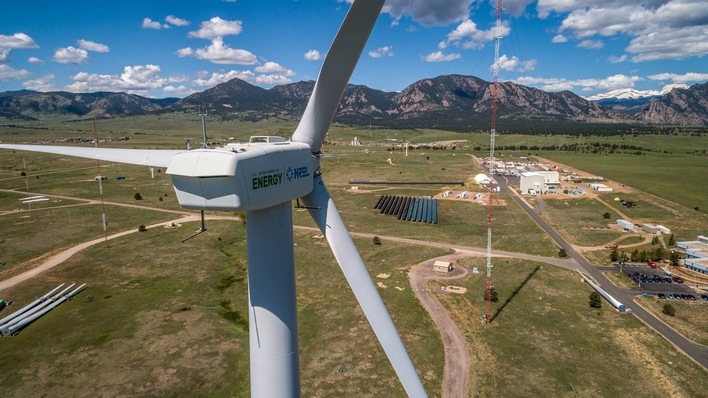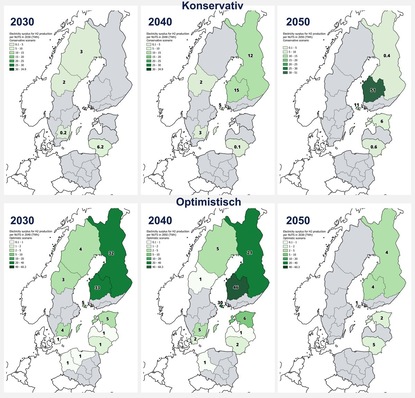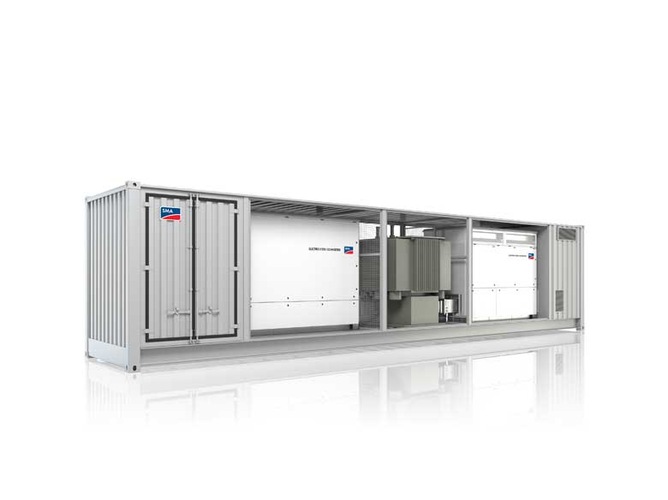
By 2030, 10 gigawatts of electrolysis capacity is to be connected to the grid in Germany alone. This is a challenge for the manufacturers of all the components. From the water preparation to the membranes and pressure vessels, the task now is to quickly scale up production. Rectifiers have hardly been in the public spotlight so far. Maybe it has to do with the fact that electrolysis is explained in the physics books similar to this: direct current and water go in, hydrogen comes out. The fact that there is no direct current coming out of the socket at all is neglected in this short formulation.
Solar inverter thought backwards
For the manufacturers of photovoltaic inverters, this is opening up a new market. “Basically, a rectifier is like an inverter – but backwards,” says Iñigo Uriarte of the Spanish manufacturer Ingeteam. Fabian Jochem, Head of Strategy at SMA Sunbelt Energy GmbH, explains, “Some adjustments are of course necessary with both the hardware and the software. However, we use the same platform as for our inverter solutions.”
Austrian inverter manufacturer Fronius also manufactures rectifiers for electrolysis. This carries a great advantage for PV companies. They can enter the relatively young market right away with devices manufactured in large quantities. For comparison, the installed photovoltaic capacity in Germany is expected to grow from the around 60 gigawatts today to 200 gigawatts by 2030, so an average 18 gigawatts per year. This offers a lot of potential for synergies, including in the production of the corresponding power electronics. Conversely, this also means that photovoltaics and hydrogen are competing for the same raw materials and value chains.
However, the green electricity and hydrogen industries are growing closer together anyway, as was shown during the trade fair The smarter E Europe on May 11th through 13th, 2022 in Munich. This joint event has emerged from the solar fair Intersolar and now also includes the topics of electrical energy storage, electromobility and energy services. Hydrogen technologies were also to be found in various forms at the stands of the solar and power storage companies.
Reactive current compensation as a side effect
The PV inverters bring not only scaling effects, but also a technical change to the new rectifier application. For many years, rectifiers based on thyristors were used to convert alternating current from the grid into direct current of the required voltage. Thyristor technology is well established, robust and comparatively inexpensive to purchase. But it has a disadvantage: it generates reactive power in the AC circuit.
Author: Eva Augsten



